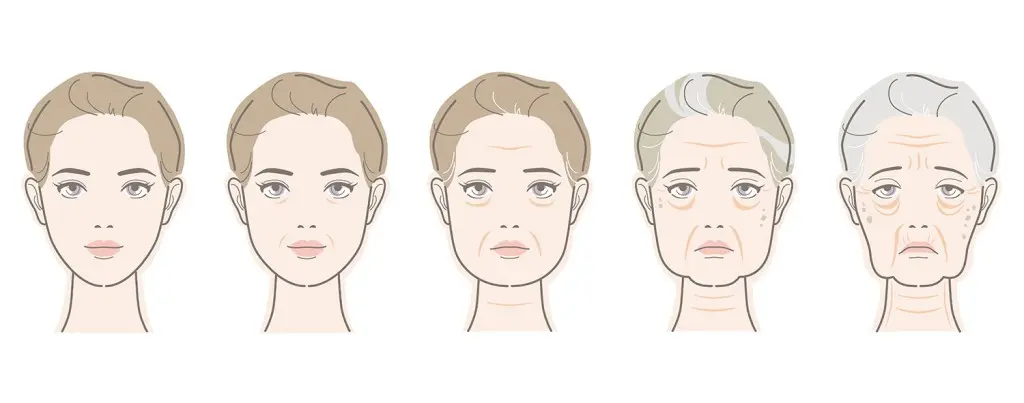We are constantly aging, but it all starts accelerating when we hit our 30s. The visible signs of aging are primarily due to fat loss and bone deterioration. These physical changes occur as a natural part of the aging process and make a big impact on how we look — especially on our face.
Although fat loss and bone deterioration occur well below the surface, we can still see these changes. This is because fat and bone serve as a foundation for our facial structures, supporting the overall shape and contours of our forehead, eyes, cheeks, nose, chin and jawline. Once this foundation changes, the impact can be seen superficially.

The Role of Fat in Our Face
Fat is distributed throughout our face in the shape of pads. These give our features volume and shape. You can see these most noticeably in our cheeks (malar fat pad) and lips, but fat pads are also located in our temples and below our eyes. As we age, these fat pads begin to shrink and move downward, leaving areas that were once smooth and full, hollow and sunken. A great example of this is the area below the eyes (under eye bags) and thinning lips. All that fat settles in a lower area on your face, typically in the lower cheeks and along the jawline. In fact, that is how we develop jowls and that heaviness along the jawline.
Another visible result caused by the disintegration and shifting of fat pads is the deepening hollows in the area under the eyes and in the upper cheek. Known as tear troughs, these deep creases can make you look tired and worn out, even if you’re not.
The Role of Bone Structure in Our Face
Skin, fat and muscle is draped over our bones, the predominant foundation for our facial features. However, with age, our bones being to lose calcium and minerals, negatively impacting their density. Research has found that bone resorption can cause permanent changes in both the angles and lengths of the following:
- brow
- nose
- upper jaw
- lower jaw (particularly in its length and height)
…and here’s some bad news for the ladies: these changes tended to occur faster in women than in men!
So, what can we do about all of this?
You probably already know that there are a number of aesthetic medical treatments that can make you look younger. Botox, fillers and laser skin tightening are just some of these nonsurgical options, all medically proven to erase the years from your face. However, if you’re concerned about the visible signs of aging, the key to getting the results you want is to find a medical professional who understands the impact that aging has on your fat and bone structure. This understanding is crucial, because it is only from this that the visible signs of aging on your face can be adequately addressed. As a result, you’ll look younger, but not like an entirely different person.




Leave a Reply